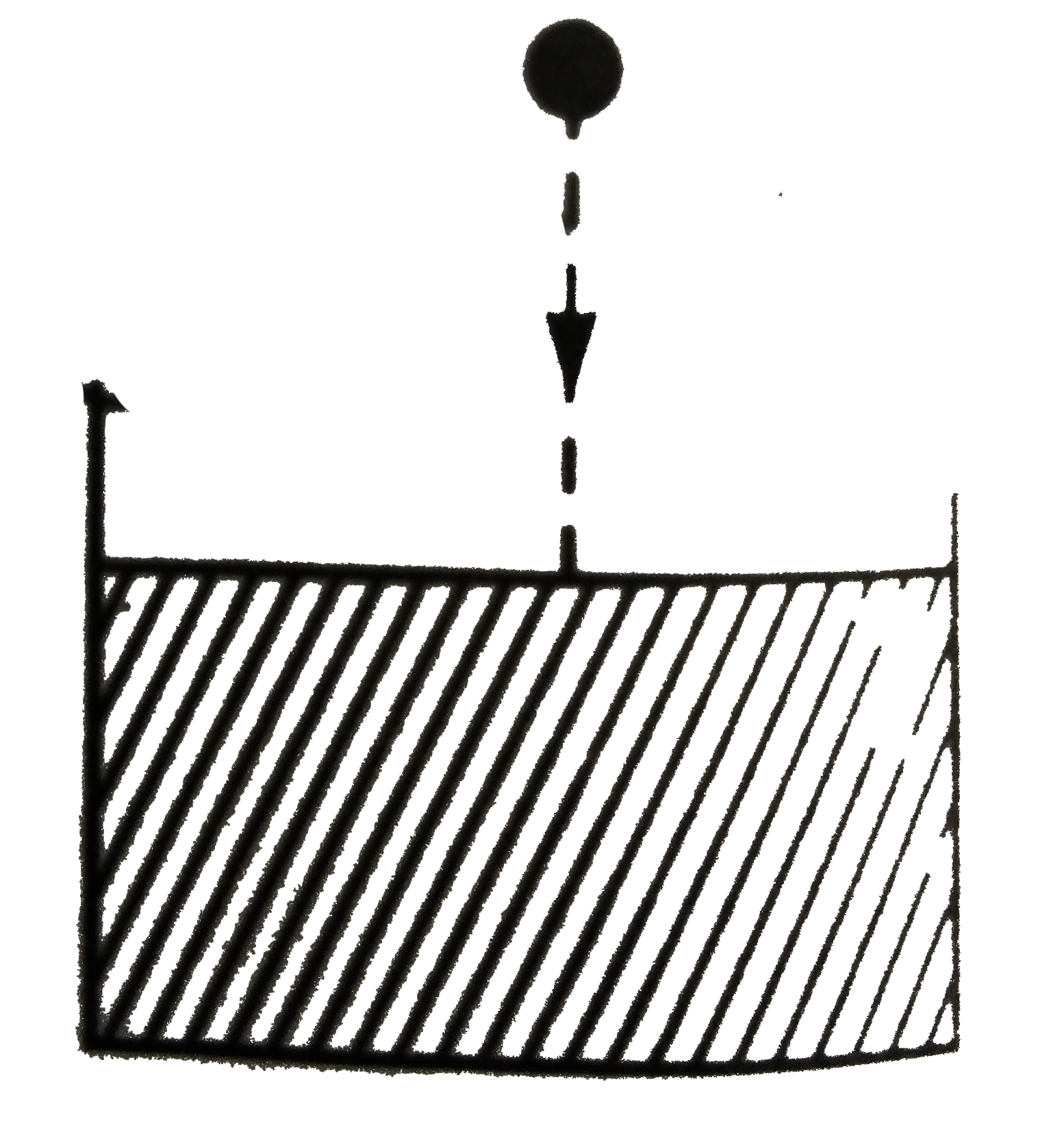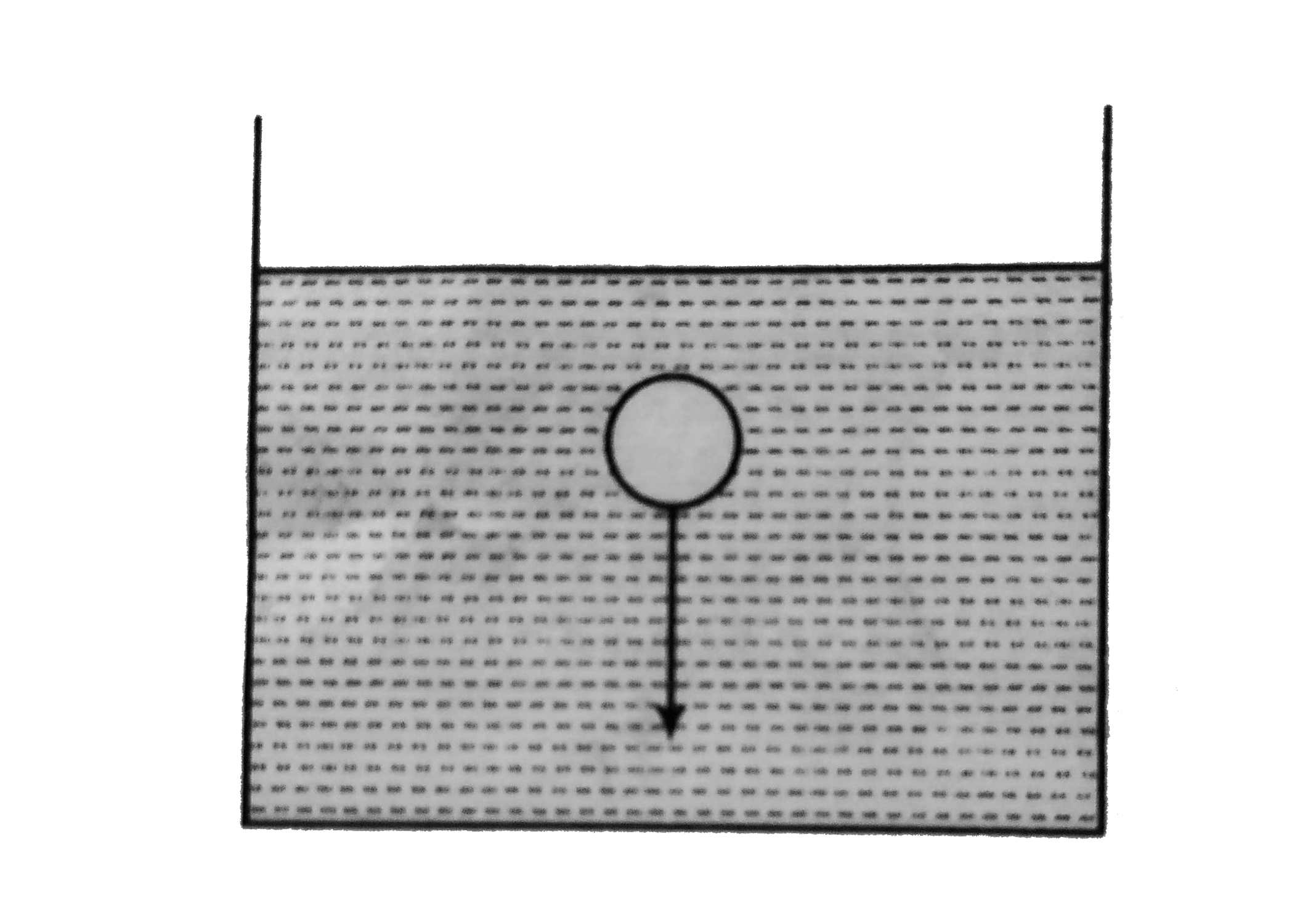A solid ball of density ρ1 and radius r falls vertically through a liquid of density ρ2. Assume that the viscous force acting on the ball is F=krv, where k is a constant and v its velocity. What is the terminal velocity of the ball ?
(4πgr2ρ1−ρ23k)
(2πrρ1−ρ22gk)
(2πg(ρ1+ρ2)3gr2k)
None of these
The correct Answer is:A
Step by step video, text & image solution for A solid ball of density rho_(1) and radius r falls vertically through a liquid of density rho_(2). Assume that the viscous force acting on the ball is F = krv, where k is a constant and v its velocity. What is the terminal velocity of the ball ? by Physics experts to help you in doubts & scoring excellent marks in Class 11 exams.
Topper's Solved these Questions
- BOOK - DC PANDEYCHAPTER - PROPERTIES OF MATTEREXERCISE - More than one option is correct21videos
PROPERTIES OF MATTER
- BOOK - DC PANDEYCHAPTER - PROPERTIES OF MATTEREXERCISE - Comprehension32videos
PROPERTIES OF MATTER
- BOOK - DC PANDEYCHAPTER - PROPERTIES OF MATTEREXERCISE - Integer8videos
PROPERTIES OF MATTER
- BOOK - DC PANDEYCHAPTER - PROJECTILE MOTIONEXERCISE - Level - 2 Subjective10videos
PROJECTILE MOTION
- BOOK - DC PANDEYCHAPTER - RAY OPTICSEXERCISE - Integer type q.15videos
RAY OPTICS
Similar Questions
Knowledge Check
- Question 1 - Select One
A solid rubber ball orf density d and radius R falls vertically through air. Assume that the air resistance acting on the ball is F=KRV where K is constant and V is its velocity. Because of this air resistance the ball attains a constant velocity called terminal velocity vT after some time. Then VT
A4πR2dg3KB3K4πR2dgC43πr3dgKDπrdgk - Question 2 - Select One
A spherical solid ball of volume V is made of a material of density ρ1. It is falling through a liquid of density ρ2(ρ2<ρ1). Assume that the liquid applies a viscous force on the ball that is proportional to the square of its speed v, i.e., Fviscous=−kv2(k>0). The terminal speed of the ball is
A(a) √Vg(ρ1−ρ2)kB(b) Vgρ1kC(c) √Vgρ1kD(d) Vg(ρ1−ρ2)k - Question 3 - Select One
A spherical solild of volume V is made of a material of density ρ1. It is falling through a liquid of density ρ2(ρ2<ρ1). Assume that the liquid applies a viscous froce on the ball that is proportional ti the its speed v, i.e., Fviscous=−kv2(k>0). The terminal speed of the ball is
A√Vg(ρ1−ρ2)kBVgρ1kC√Vgρ1kDVg(ρ1−ρ1)k
Spherical balls of radius R are falling in a viscous fluid of velocity v .The retarding viscous force acting on the spherical ball is
View SolutionSpherical balls of radius R are falling in a viscous fluid of viscosity η with a velocity v. The retarding viscous force acting on the spherical ball is
View SolutionSpherical balls of radius R are falling in a viscous fluid of viscosity η with a velocity v. The retarding viscous force acting on the spherical ball is
View SolutionThe viscous force acting on a solid ball of surface area. A moving with terminal velocity v is proportional to
View SolutionA ball of density ρ is dropped from a height on the suraca of a non-visous liquid of dinsity 2ρ. Choose the correct options.
 View Solution
View Solution


